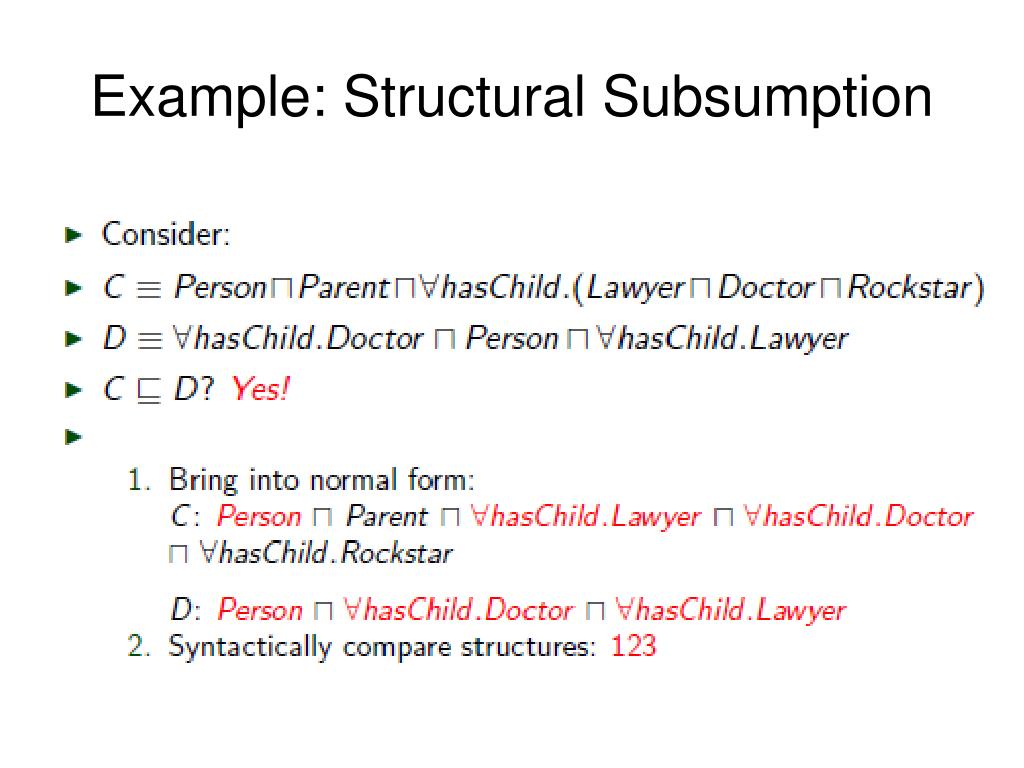
of the awarding IC The NIH organizational component responsible for a particular grant program or set of activities. During a no-cost extension, the recipient is required to maintain any effort minimum and can only reduce their effort with prior approval Written approval by an authorized HHS official, e.g., a designated IC GMO, evidencing prior consent before a recipient undertakes certain activities or incurs specific costs (see Administrative Requirements-Changes in Project and Budget-Prior Approval Requirements). In addition to the full-time appointment requirement described above, mentored and non-mentored CDA recipients are required to devote and maintain a minimum level of effort to the award. Security, header enrichment, and client-specific performance optimizations can be applied when using F5 without modifying the container environment or architecture or the application itself.Research career development K award, CDA, level of effort, mentored CDAs, concurrent support, non-mentored CDAs, temporary adjustments to the percent effort requirement 12.3.6 Level of Effort The advantage of using F5 over simple ingress services is the ability to apply advanced capabilities to inbound and outbound traffic. Updates include changes to ingress resource definitions (HTTP routing policies) as well as changes to configuration such as the launch or removal of a container instance that impacts a current service definition.

Communication with F5 ingress is accomplished via API.

This connector resides inside and integrates with the container orchestrator (typically Kubernetes but Red Hat OpenShift is also popular). In order for us to provide the same capabilities as a Kubernetes ingress, a container-native "connector" is used to facilitate updates to the policies that define traffic policies. A CNCF survey found that 67% of respondents choose a load balancer option to expose cluster services externally, with another 33% leveraging ingress (L7) capabilities. provide public access to services comprised of a container cluster. It's often used as a load balancing solution to expose clusters externally, i.e. Layer 4 (TCP) load balancing is often used external to a container environment to scale Kubernetes style ingress services.į5 is typically deployed external to the container environment. While this restricts the range of functionality that can be applied to the request – for example, it cannot be scanned for malicious content – it provides the necessary support for architectures in which content must remain encrypted for regulatory or operational reasons. The ability to perform SNI (server name indicator) routing is a benefit for those desiring end-to-end TLS encryption of message exchanges, as it enables F5 to properly route requests based on information in the headers without decrypting the actual payload/message.

The ingress parses the API calls (the URI path) and distributes them to the appropriate container-hosted microservices inside the container cluster.į5 provides the same capabilities as a classical Kubernetes ingress but adds additional capabilities in the form of SNI routing and layer 4 (TCP) load balancing. This is one of the ways a unified API is presented to the outside world. The service in turn load balances requests across a set of associated containers, usually by way of native layer 4 (TCP) load balancing algorithms. Each ingress is a reverse proxy that accepts external requests and, based on the rules specified by the Kubernetes ingress resource, directs those requests to the correct Kubernetes service.


 0 kommentar(er)
0 kommentar(er)
